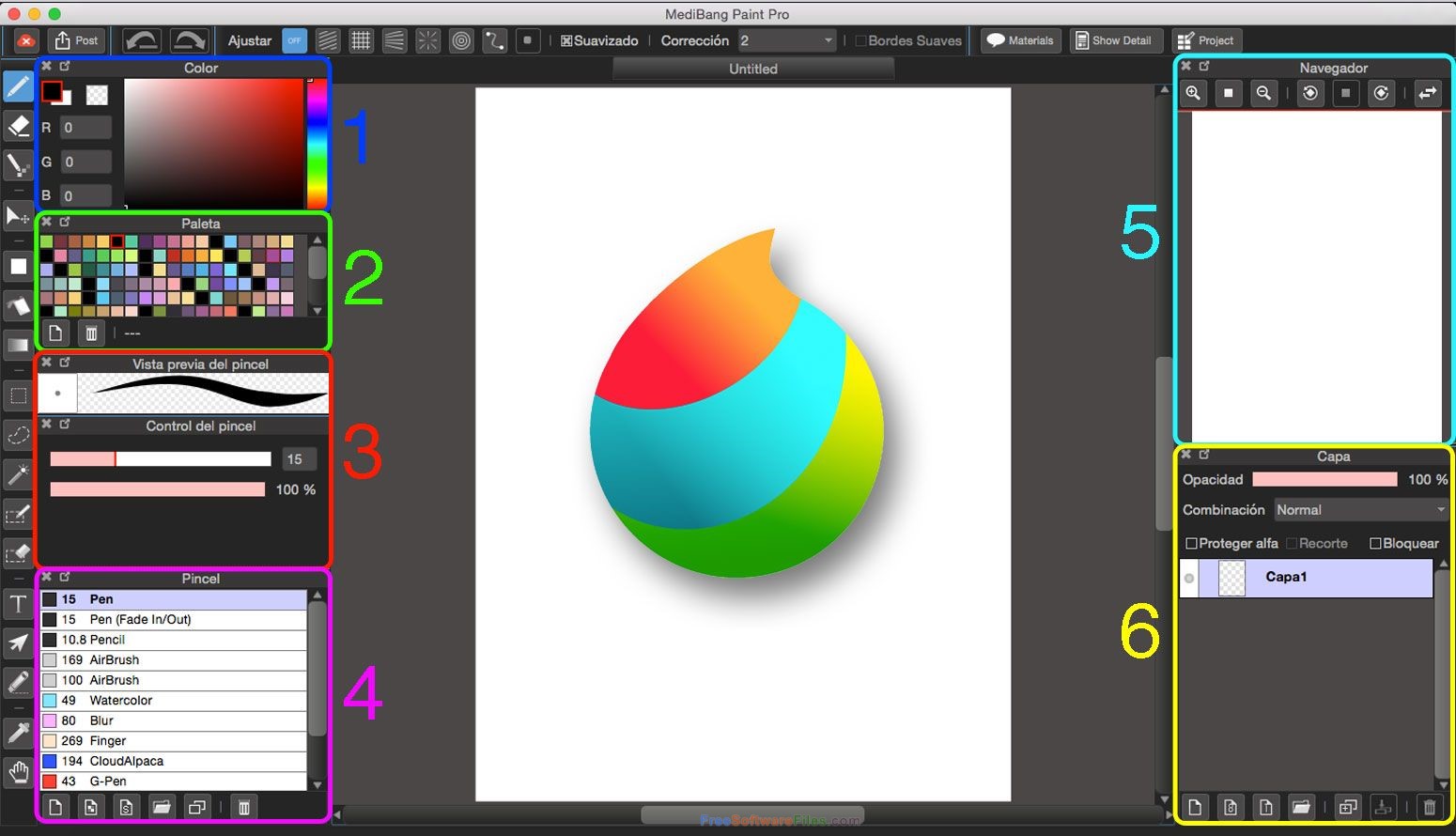This article explains how to download and install Firefox on a Mac.
- If you are updating from a previous version of Firefox, see Update Firefox to the latest release.
Apr 07, 2020 How to install Firefox. Installing Firefox is easy. Just download Firefox from the links given below and run the installer. The installation, more or less, is almost automatic. The default install location of Firefox will be C: Program Files. Migrate to Firefox from Chrome and Edge browsers. Migrations are generally quite lengthy and cumbersome. Installing Firefox on Mac. Visit the Firefox download page in any browser (for example, Safari). It will automatically detect the platform and language on your computer and recommend the best version of Firefox for you. Click Download Firefox.
- Visit the Firefox download page in any browser (for example, Safari). It will automatically detect the platform and language on your computer and recommend the best version of Firefox for you.
- Click .
- Note: If you want to have a choice of the language for your Firefox installation, click the Download options and other languages link instead.
- Once the download has completed, the file (Firefox.dmg) may open by itself and pop open a Finder window containing the Firefox application. Drag the Firefox icon on top of the Applications folder in order to copy it there.
- Note: If you do not see this window, open the Firefox.dmg file that you downloaded.
- After dragging Firefox to the Applications folder, hold down the control key while clicking in the window and select Eject 'Firefox' from the menu.

Tip: You can add Firefox to your dock for easy access. Just open your Applications folder and drag Firefox to the dock.
Firefox is now ready for use. Just click on its icon in the dock or Applications folder to start it.
When you first start up Firefox, you will be warned that you downloaded Firefox from the Internet. Because you download Firefox from the official site, click .
Upon installation, Firefox will not be your default browser, which you'll be notified about. That means that when you open a link in your mail application, an Internet shortcut, or HTML document, it will not open in Firefox. If you want Firefox to do those things, click . If you're just trying out Firefox or simply do not wish to set Firefox as your default browser, click .
Users on 64-bit Windows who download Firefox can get our 64-bit version by default. That means you get a more secure version of Firefox, one that also crashes a whole lot less. How much less? In our tests so far, 64-bit Firefox reduced crashes by 39% on machines with 4GB of RAM or more.
What’s the difference between 32-bit and 64-bit?
Here’s the key thing to know: 64-bit applications can access more memory and are less likely to crash than 32-bit applications. Also, with the jump from 32 to 64 bits, a security feature called Address Space Layout Randomization (ASLR) works better to protect you from attackers. Linux and macOS users, fret not, you already enjoy a Firefox that’s optimized for 64-bit.
How do you get 64-bit Firefox?

If you’re running 64-bit Windows (here’s how to check), your Firefox may already be 64-bit. Check your Firefox version (in the “About Firefox” window) and look for “(32-bit)” or “(64-bit)” after the version number:
- If you see “(32-bit)” and you are running Firefox 56.0 or older, updating to the latest Firefox version should automatically upgrade you to 64-bit.
- If you see “(32-bit)” and are running Firefox 56.0.1 or newer, then your computer may not meet the minimum memory requirement for 64-bit (3 GB RAM or more). You can still manually install 64-bit Firefox, if you choose.
Download Firefox Installer For Mac Os
If you need to run 32-bit Firefox or manually install 64-bit Firefox, you can simply download and re-run the Windows (32-bit or 64-bit) Firefox installer from the Firefox platforms and languages download page.